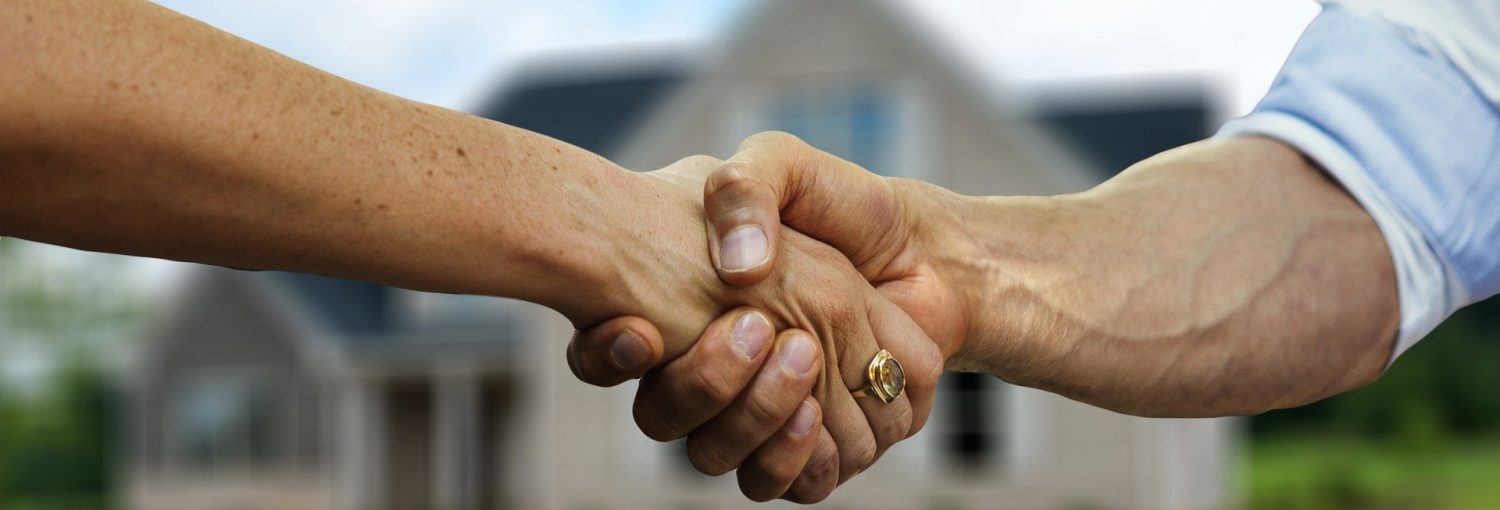The Timeless Elegance of Hardwood Floors in a New-Built Home
Introduction
Hardwood floors have been a symbol of timeless elegance and enduring quality for centuries. They are the preferred choice for many homeowners,both in new construction and older homes,due to their natural beauty,durability,and versatility. In this article,we’ll explore the many benefits of choosing hardwood floors for your new-built home.
**1. Aesthetic Appeal**
One of the most compelling reasons to install hardwood floors in your new home is their timeless beauty. Hardwood floors exude a classic,warm,and inviting ambiance that complements a wide range of interior design styles,from traditional to contemporary. Whether you prefer the rich,dark tones of mahogany or the light,airy feel of oak,hardwood floors add an air of sophistication and charm to any room.
**2. Durability and Longevity**
Hardwood floors are renowned for their durability and longevity. When properly maintained,they can last for generations,making them an excellent investment in your home’s value. Unlike carpet or vinyl,hardwood floors do not wear down,stain,or discolor over time. They can withstand heavy foot traffic,making them an ideal choice for high-traffic areas like living rooms,hallways,and kitchens.
**3. Easy Maintenance**
Maintaining hardwood floors is relatively simple. Regular sweeping or vacuuming removes dirt and debris,while occasional mopping with a damp cloth keeps them clean and looking their best. Unlike carpet,hardwood floors do not trap allergens,making them a healthier choice for those with allergies. new house construction loan
**4. Versatility in Design**
Hardwood floors offer design versatility. You can choose from a variety of wood species,each with its unique grain patterns and colors. Furthermore,you can select from different finishes,such as high-gloss,semi-gloss,or matte,to achieve the desired aesthetic for your home. This versatility allows you to personalize your space according to your taste and style.
**5. Resale Value**
Hardwood floors are a valuable feature that can significantly increase your home’s resale value. Many potential buyers prefer homes with hardwood flooring because of its durability and timeless beauty. This feature can make your home more attractive on the real estate market,potentially resulting in a quicker sale at a higher price.
**6. Sustainability and Environmental Benefits**
Many hardwood floors are sourced from sustainable forests and are certified by organizations like the Forest Stewardship Council (FSC). By choosing sustainably harvested hardwood,you can minimize your environmental impact and support responsible forestry practices. Additionally,hardwood floors can be recycled and repurposed,reducing waste and further contributing to environmental sustainability.
**7. Warmth and Comfort**
While hardwood floors are not as soft as carpet,they do provide a warm and comfortable underfoot feeling. They can be paired with area rugs to add an extra layer of softness and style. Hardwood also acts as a natural insulator,helping to maintain a comfortable temperature in your home and reducing energy costs.
**8. Timeless Style and Adaptability**
Hardwood floors transcend trends and can adapt to changing design styles. They look just as appealing in a vintage,classic home as they do in a modern,minimalist one. Even if you decide to change your decor or color scheme,hardwood floors remain a versatile backdrop that complements various interior designs.
**9. Investment in Quality**
When you choose hardwood floors for your new home,you’re making an investment in quality. While hardwood may have a higher upfront cost than some flooring options,the durability,beauty,and long-term value make it a wise choice. It can save you money on frequent replacements and repairs,making it a cost-effective option in the long run.
**Conclusion**
The choice of hardwood floors in a new-built home is a decision that combines elegance,longevity,and practicality. These beautiful floors not only enhance your home’s aesthetic appeal but also contribute to its overall value. With proper care and maintenance,hardwood floors can serve as the foundation for a space that is both inviting and enduring,ensuring that your home remains a source of pride and comfort for years to come.
